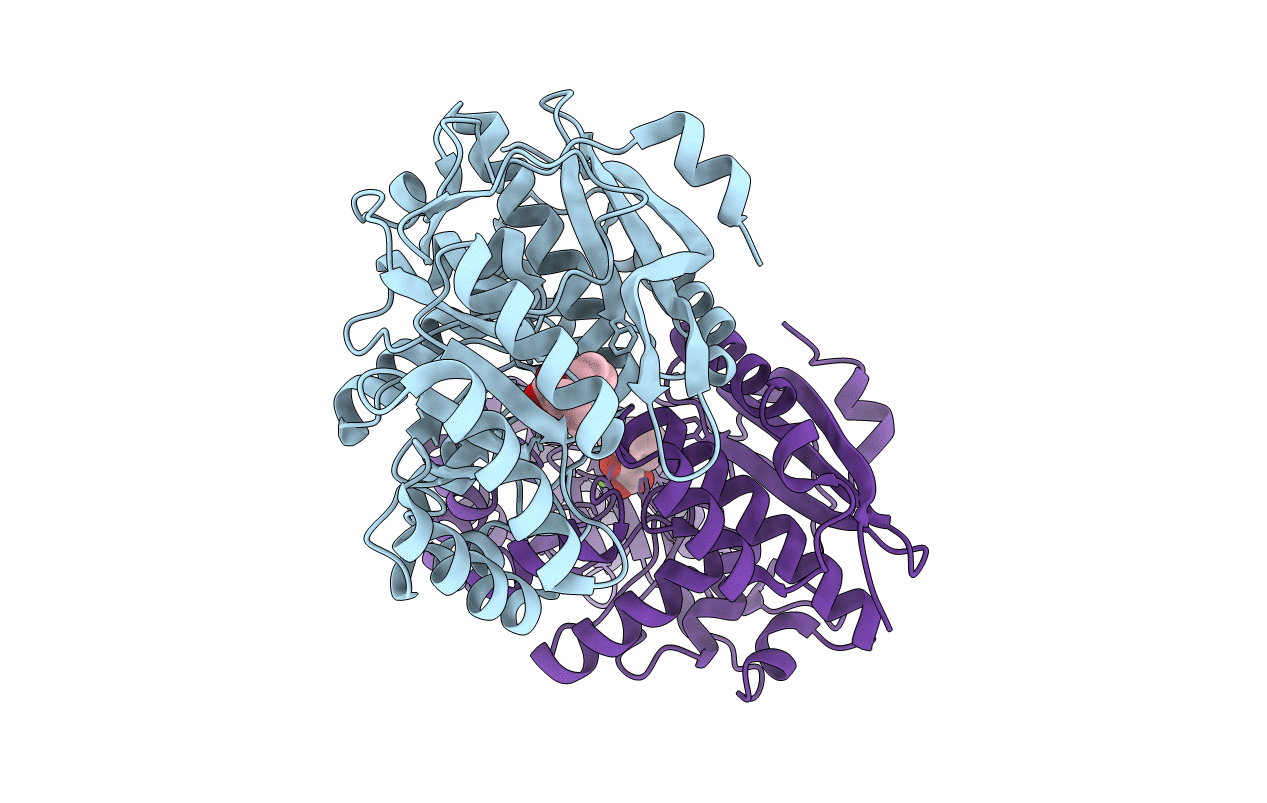
Deposition Date
2012-10-19
Release Date
2013-10-30
Last Version Date
2023-09-20
Entry Detail
PDB ID:
4HNC
Keywords:
Title:
P. putida C92S/K166C/C264S mandelate racemase co-crystallized with benzilic acid
Biological Source:
Source Organism:
Pseudomonas putida (Taxon ID: 303)
Host Organism:
Method Details:
Experimental Method:
Resolution:
1.89 Å
R-Value Free:
0.19
R-Value Work:
0.17
R-Value Observed:
0.17
Space Group:
I 4 2 2


